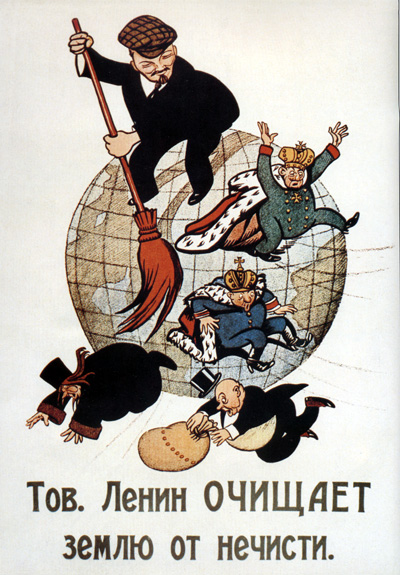On the 14th of July in 1789, a crowd of nearly one thousand protesters stormed the Bastille in Paris, France, a major event in the French Revolution, commemorated annually as "Bastille Day".
In the months running up to the uprising, the people of France were facing a dire economic crisis, food shortage, and increased militarization of Paris on orders of King Louis XVI. The Bastille was an armory and prison, perceived by many as a symbol of royal authority in the city.
On the morning of July 14th, a crowd of approximately one thousand people surrounded the Bastille, calling for the surrender of the prison, the removal of its cannon, and the release of the arms and gunpowder stored there.
After negotiations stalled, the crowd surged into the courtyard of the Bastille and were fired upon by troops in the garrison. In the carnage that followed, ninety-eight protesters and one defender of the Bastille were killed.
Governor Marquis de Launay, fearing his troops could not hold out, capitulated to the crowd and opened up the Bastille doors. He was captured and dragged towards the Hôtel de Ville in a storm of abuse. While the crowd debated his fate, the badly beaten Launay shouted "Enough! Let me die!", kicked a pastry cook in the groin, and was then promptly stabbed to death.
As news of the successful seizure of the Bastille spread throughout the country, revolutionaries established parallel structures of power for government and militias for civic protection, burned deeds of property, and in some cases attacked wealthy landlords.
King Louis XVI first learned of the storming the next morning through the Duke of La Rochefoucauld. "Is it a revolt?" asked the King. The duke replied: "No sire, it's not a revolt; it's a revolution."
Megathreads and spaces to hang out:
- 📀 Come listen to music and Watch movies with your fellow Hexbears nerd, in Cy.tube
- 🔥 Read and talk about a current topics in the News Megathread
- ⚔ Come talk in the New Weekly PoC thread
- ✨ Talk with fellow Trans comrades in the New Weekly Trans thread
reminders:
- 💚 You nerds can join specific comms to see posts about all sorts of topics
- 💙 Hexbear’s algorithm prioritizes comments over upbears
- 💜 Sorting by new you nerd
- 🌈 If you ever want to make your own megathread, you can reserve a spot here nerd
- 🐶 Join the unofficial Hexbear-adjacent Mastodon instance toots.matapacos.dog
Links To Resources (Aid and Theory):
Aid:
Theory:


I guess the foundational question is, is this a person that is "convinced by arguments" or are you wasting time? The clearest argument against that to me is that transgenderism has existed in every culture for thousands of years, before big pharma was even a thing. hell, before capitalism as we know it was a thing.
effort post explaining eunuchs and non gender conforming people in the ancient world using the bible as an example
for example, there is a range of non-cis people represented in the Bible. Genesis 1:27 refers to Adam as “it” (oto, singular) and “them” (otam, plural) in the same sentence; male and female, created in the image of God. The rabbis understood this to mean that Adam was created as an intersexed as early as the 2nd century CE (Eleazar ben Azariah), meaning the plurality of sexes/genders is a reflection of God themself. More here and here.Hundreds of years later, we have a eunuchs following Jesus in Acts 8. For some ancient context--not just Jewish but Greco-Roman--, eunuchs are considered neither male nor female, but a non-conforming third type of human. Laertius 4.43 says "men can become eunuchs, but eunuchs can never become men." Lucian too writes "a eunuch was neither man nor woman but something composite, hybrid, and monstrous, outside of human nature." Plenty of other writers describe them as a "third type of human" e.g., not fitting into binary cultural expectations (Philo, "neither male nor female"; law excludes from sacred assembly "those whose generative orders are cursed/cut off, who refashion the masculine type into a feminine form"). In Judaism, eunuchs were not allowed to worship publicly (Deut 23); the prophets envisioned a future in which gentiles and eunuchs would be included in God's people (Isaiah 56).
When we encounter the Ethiopian eunuch in Acts 8 (representing someone literally and figuratively "far away" from Jesus' ministry), they ask St Philip: "What is to hinder me from being baptized?" We are to expected to literally say "the fact that you are a eunuch." But Philip immediately stops the chariot and baptizes the eunuch, a symbolic act for inclusion into God's people. The story conveys the inclusion of the marginized into the people of God, but also that multidimensional gender identity can and should be represented in humanity.
There is more here with Greco-Romans considering Ethiopians to be a people that bend gender norms, but I'm getting away from the main point which is that non gender conforming people--whether intersex, nonbinary, transfem/masc, or another identity--have always been with us. We're just now allowing them to speak without being spoken over.